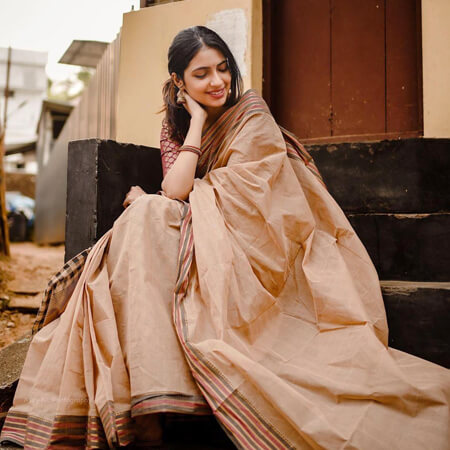Fashion in ancient India was all about comfort, climate and craftsmanship.
Cotton was widely used, while
Silk became a luxury through trade and royal patronage.
Natural Dyes like indigo, turmeric and madder red added
vibrant colours, often holding cultural significance.
During the
Indus Valley Civilization, clothing was simple and draped. Men and women wore unstitched garments, secured with knots or belts - an early form of
sarees and dhotis. Jewellery, like beaded necklaces and terracotta bangles, was a symbol of status. The
Vedic and
Mauryan periods introduced pleats and pins for a more structured look. Women wore Antariya (lower garments) and Uttariya (scarves or veils), while men draped dhotis and angavastrams. Royals favoured embroidered fabrics, while commoners kept it simple.
Handlooms flourished and textile traditions like muslin weaving, block printing and tie-dye emerged.
India's Muslin was so fine it was called
Woven Air. These ancient techniques laid the foundation for India's rich textile heritage, shaping fashion for generations.










 CONTACT USWaves Institute of Fashion Designing,
CONTACT USWaves Institute of Fashion Designing,